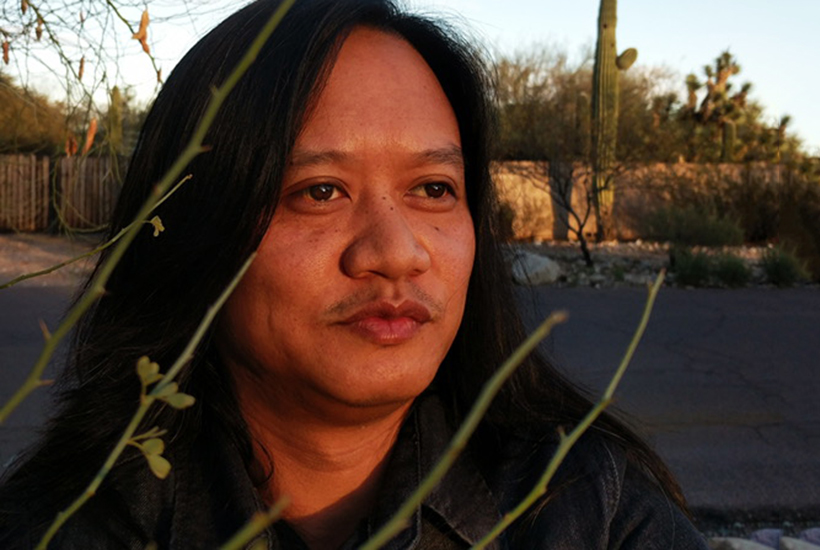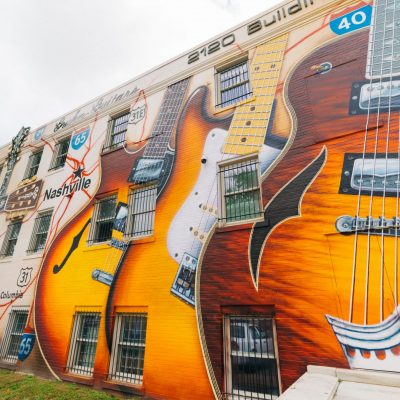Next Doors: The Future of Barrow

Barrow Neurological Institute is beginning a new era. Here’s what the future holds.
Hopefully, you’ve never had to experience Barrow Neurological Institute. But if you have, you realize one thing very quickly — we’re very lucky to have it in our community.
The missus and I are in the latter category, so we follow Barrow with a good bit of interest and do what we can to support it.
There’s a lot to follow. Barrow is experiencing the end of an era, as its president and CEO, Dr. Robert Spetzler, is retiring in early July after 35 years at the helm. Spetzler is not only one of the world’s most renowned neurosurgeons, he is (rightly) credited with building Barrow into one of the world’s foremost centers for neurosurgery and research.
“Barrow has achieved a level of recognition of which we can all be proud – from performing more brain surgeries annually than anywhere in the nation to pioneering new procedures and mapping new approaches into previously inoperable areas of the brain,” Spetzler told Frontdoors. “What I consider to be one of the most important aspects of my legacy at Barrow are the residents and fellows who have trained at the institute. We have developed the world’s largest neurosurgical residency program at Barrow. There’s hardly a program around the county where we don’t have one of our trainees in place.”
Spetzler’s retirement was announced last year, just a couple of months after the passing of Muhammad Ali, Barrow’s most famous patient and one of the driving forces behind Barrow’s fundraising over the years.
Barrow’s trajectory under Spetzler has been nothing but upward, as it has expanded not only its facilities but also its impact over time. So it’s natural to wonder what might happen to Barrow’s momentum.
So I asked the incoming president & CEO, Dr. Michael Lawton, what he sees in Barrow’s future.
“We will continue to treat the most difficult brain and spine abnormalities that we confront as clinicians with the latest and most innovative therapies,” Lawton said. “My goal is that many of these advances will be created and discovered at Barrow by our very own physicians and scientists.
Lawton said he’s returning to Barrow with the goal of establishing it as the best neuroscience center in the world. Three initiatives in particular he mentioned are:
• Establishing the Barrow Aneurysm and AVM Research Center to bring top research scientists and clinical doctors together, and to create new treatments for these conditions and other forms of stroke.
• Bringing the Brain Vascular Malformations Consortium — which he directs — and its $6 million National Institutes of Health grant to Barrow to study the genetics of patients with these conditions.
• Establishing the Barrow Center for Artificial Intelligence, which will use advanced computers to advance and improve how they treat patients.
Also, earlier this month, the Barrow Women’s Board invited us to attend one of their educational events, where we heard a presentation from Dr. Marwan Sabbagh, a neurologist and the director of the Alzheimer’s Disease and Memory Disorders Division at Barrow.
Sabbagh’s vision is for the Alzheimer’s Disease and Memory Disorders Division to soon expand to the same stature as the Muhammad Ali Parkinson’s Center or the Gregory W. Fulton ALS and Neuromuscular Disease Center — fully funded, named and endowed entities that are top-of-class in the entire world in their field.
Sabbagh is also focused on prevention, including clinical studies on treatments that would attack Alzheimer’s before symptoms show up.
So there’s no need for concern about a slowing of momentum at Barrow Neurological Institute. If anything, we may look back on this new era in the future and realize it was just getting started.







